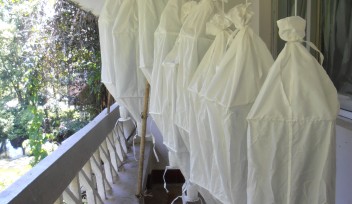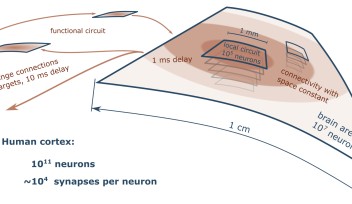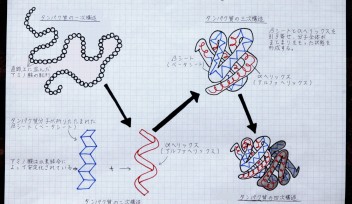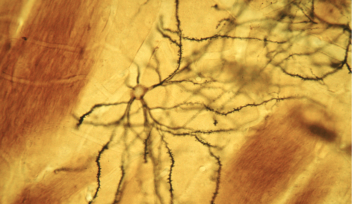Clownfish living in two anemone species develop their stripes at different rates

During metamorphosis, the clownfish, Amphiprion percula, turns a vibrant orange and develops three white bars in succession, from head to tail. The rate at which the bars form depends on the sea anemone that the clownfish live in. Clownfish living in the long-tentacled anemone, Heteractis magnifica, (left) have fewer bands than clownfish of the same age and size living in the shorter, carpet-style anemone, Stichodactyla gigantea (right). The image shows the typical appearance of clownfish aged 150-200 days.
During metamorphosis, the clownfish, Amphiprion percula, turns a vibrant orange and develops three white bars in succession, from head to tail. The rate at which the bars form depends on the sea anemone that the clownfish live in. Clownfish living in the long-tentacled anemone, Heteractis magnifica, (left) have fewer bands than clownfish of the same age and size living in the shorter, carpet anemone, Stichodactyla gigantea (right). The image shows the typical appearance of clownfish aged 150-200 days. These findings appeared in a PNAS study coordinated by Prof. Vincent Laudet, from the Marine Eco-Evo-Devo Unit.
Copyright OIST (Okinawa Institute of Science and Technology Graduate University, 沖縄科学技術大学院大学). Creative Commons Attribution 4.0 International License (CC BY 4.0).
Tags














